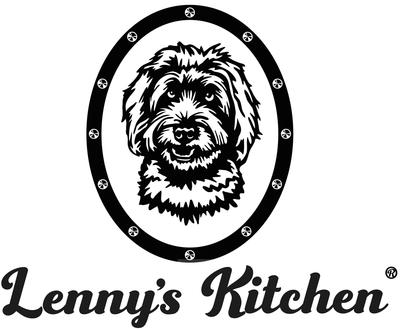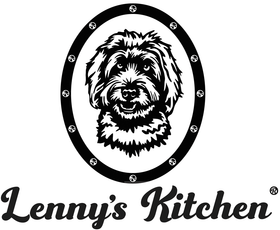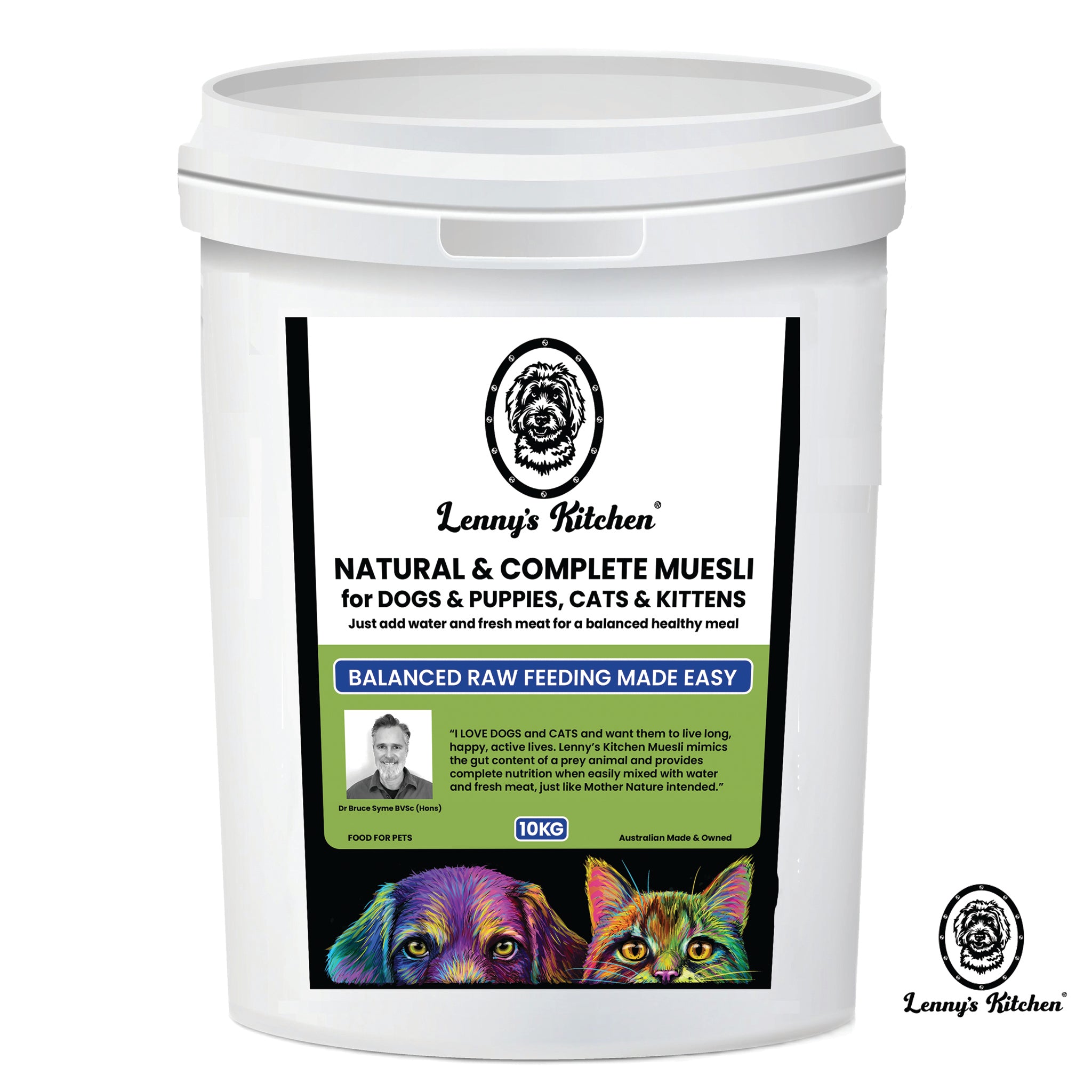Antioxidants
The term "antioxidants" is becoming more commonly used to describe health and disease, and they are now beginning to appear as ingredients in some Pet foods—but what are they, and why are they important?
Free radicals
To understand why antioxidants (AO) are so important, we must first understand what free radicals are. Free radicals are a cellular by-product of normal metabolism and are most formed during oxygen utilization in normal metabolism. When oxygen is used as a fuel source, the by-product can be an unstable oxygen molecule with an unbound free electron (called reactive oxygen species), and these "free radicals" can cause significant damage to other molecular structures.
Free radicals are constantly produced, and the body has many mechanisms designed to cope with them—both internal enzyme pathways and utilising external dietary sources of antioxidants. Free radical production varies and increases during strenuous exercise, inflammatory disease, and poor circulation. External factors like pollutants, pesticides, food additives, certain drugs, anesthetics, and chemicals can also cause higher-level free radical formation.
It is now widely accepted that aging and the onset of many chronic diseases, such as heart disease and cancer, can be linked to the accumulation of free radical damage. It is also evident that pets with chronic allergies and skin diseases have a much higher free radical formation level, contributing to skin irritations. The breakdown of excess fats in the diet can also contribute to free radical formation and is linked to many obesity-related diseases.
Managing free radicals
As mentioned, the body has several mechanisms for dealing with free radicals. Internal enzyme pathways (e.g., glutathione peroxidase) function to decrease the level of the most harmful reactive oxygen species. These enzyme pathways require several essential dietary minerals like selenium, copper, manganese, and zinc to function correctly, so any dietary deficiency in these will lead to excessive and ongoing tissue damage from free radicals.
Equally important is the utilization of dietary antioxidants – molecules stable enough to donate an electron to the free radicals and thus neutralize them. The most well-known dietary AOs are vitamins C and E and carotenoids, but there are over 4000 recognized dietary AOs. Suppose a diet is deficient in naturally occurring AO's. In that case, accumulation of free radicals will result in chronic oxidative stress, which in turn leads to chronic degenerative diseases – skin disease, arthritis, cataracts, heart disease, and cancer….
Antioxidants
AOs are widely available in nature and are most potent in fresh, raw vegetables and fruits. The highest concentrations are usually in colored foods, like berries, tomatoes, carrots, cruciferous greens, and garlic. Vitamins C, E, and A, quercetin, coenzyme Q10, green tea, and the minerals selenium and zinc are also vital to support the body's own enzyme pathways. Many of the naturally occurring AOs are heat sensitive and will be destroyed by cooking and processing, which is one of the reasons that we see such improved health and longevity in Pets that are fed raw food.
Antioxidant Therapy
Given that many chronic diseases can be linked to AO deficiency, it makes sense that many of these diseases will respond to AO supplementation, particularly age-related illnesses and dementia. I have personally found AOs to be highly beneficial in treating allergic skin diseases, and they can significantly reduce itching and the need for more potent drugs.
AO’s can be used on all senior pets. Still, it can be particularly beneficial for diabetes, cataracts, arthritis, auto-immune disease, pre- and post-anesthesia, senility and dementia, heart failure, long-term drug therapy, chemotherapy, and cancer management.



